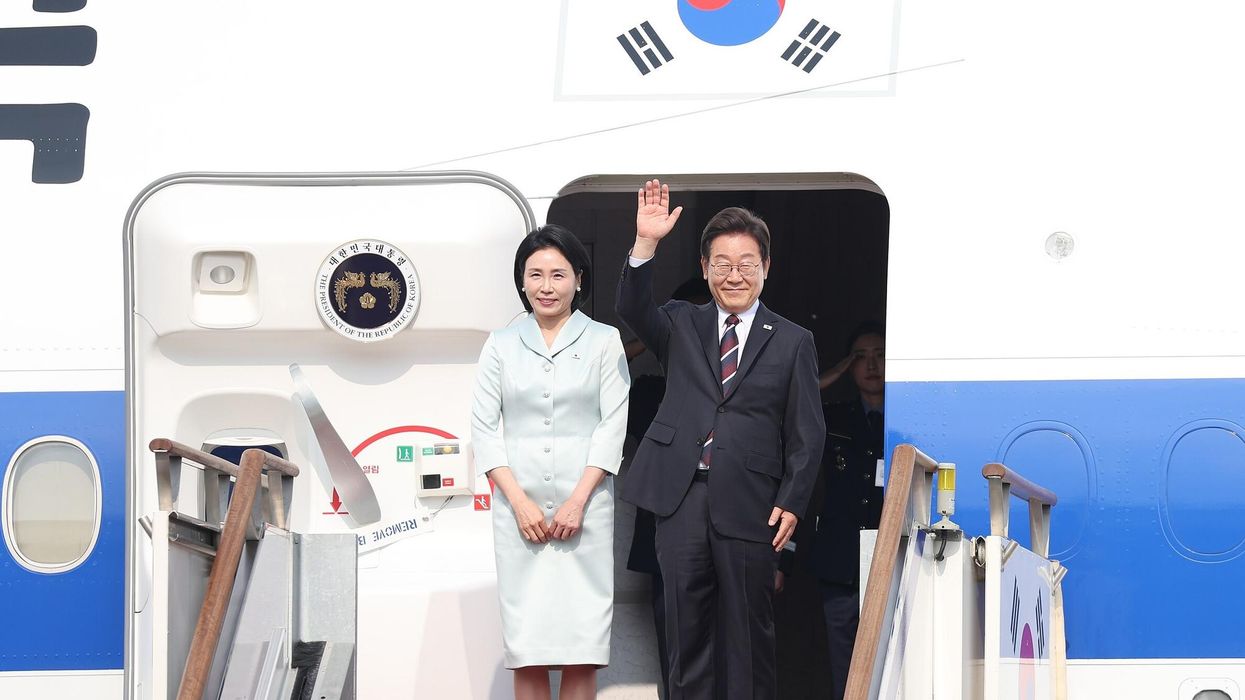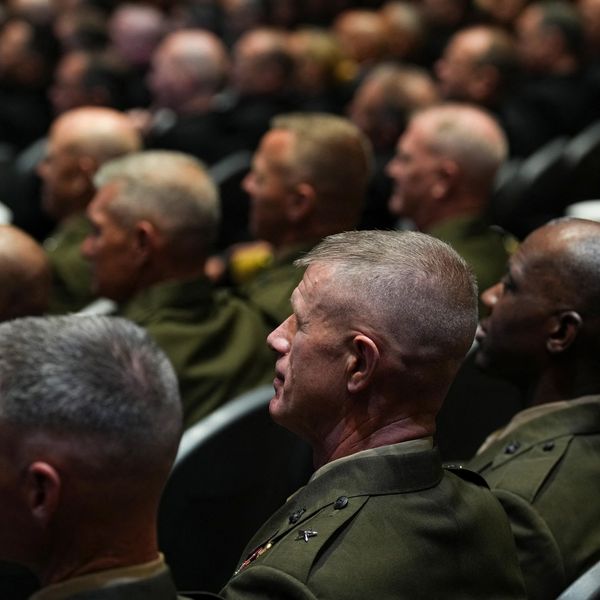On Thursday, Assistant Secretary of Defense for Indo-Pacific Security Affairs Ely Ratner made an unprecedented public statement by a serving senior U.S. official. In testimony before the Senate Committee on Foreign Relations, he stated that the island of Taiwan is strategically “critical to the region’s security and critical to the defense of vital U.S. interests in the Indo-Pacific.”
Ratner defined Taiwan’s strategic importance as deriving from the notions that it is: a “critical node within the first island chain,” “integral to the regional and global economy,” and a “beacon of democratic values” in contrast with the People’s Republic of China. In other words, he defined the island as a strategic location of value to the U.S. precisely because it is militarily, economically, and politically distinct from China.
This statement is hugely reckless, because it clearly implies that, in fact, Taiwan should be regarded primarily as a strategic asset to be kept separate from Beijing. That clear implication amounts to a direct abandonment of the U.S. One China policy and the understanding reached with Beijing at the time of normalization. That understanding included a U.S. acknowledgement of Beijing's position that Taiwan is a part of China, and Beijing’s indication that it would pursue peaceful unification as a top priority. That is the primary basis for continued peace in the Taiwan Strait.
Stunningly, Ratner seems to reject this understanding by asserting that Washington’s One China policy in fact exists precisely because Taiwan has historically been seen as a strategic asset of the United States. This is entirely at odds with the historical record. In fact, the One China policy not only includes U.S. statements acknowledging the Chinese position that Taiwan is a part of China, but also commitments to maintain contacts with (and in some limited cases support for) the island in an unofficial capacity only. While the policy states that the U.S. should maintain the military ability to respond to a clear Chinese threat to Taiwan’s security, it also asserts that such an ability will only be used if the president, in consultation with Congress, deems such a response necessary.
Moreover, U.S. officials have also indicated, in various other statements, that the U.S would not oppose the peaceful, uncoerced unification of Taiwan with mainland China.
The U.S. One China policy says nothing about Taiwan being a strategic asset for the United States and the region, much less that it be kept separate from Beijing. And the policy certainly does not imply that the U.S. position is based on such an idea. Stating this threatens any stability that remains in the contentious Sino-U.S. relationship and puts the two countries more firmly on a path toward conflict.
Beijing will not back down in the face of Ratner’s statement, as he apparently expects. It will increase its resolve to prevent the U.S. from using its increasing deterrent capabilities to detach Taiwan permanently from China, and quite possibly in the process abandon its efforts to resolve the Taiwan issue peacefully. While some level of deterrence is important to keep stability across the Strait, it should not come at the expense of the One China policy.
Beijing should seek confirmation from the White House as to whether Ratner’s statement is in fact representative of official U.S. policy. If it is, then the One China policy truly lies in tatters, and we will indeed be moving more firmly on a path toward crisis and possibly conflict.
















